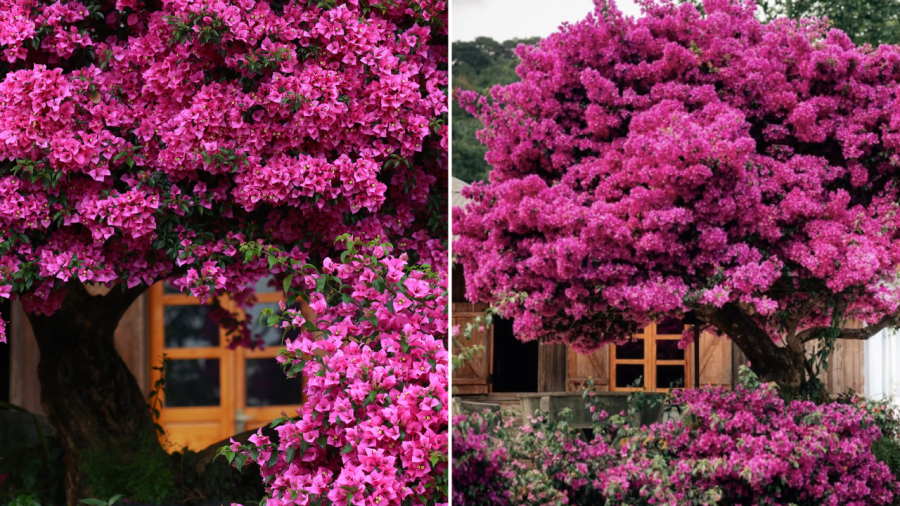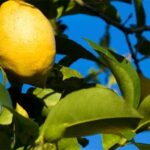Bougainvillea can bloom year-round, but if not properly cared for, it may produce fewer flowers or none at all. To encourage abundant flowering, pay attention to the following when planting bougainvillea.
Prune After Flowering
Bougainvillea thrives and flowers most vibrantly during hot seasons. When the flowers start to wither, it’s essential to prune the plant to remove faded blooms and weak, thin branches. This promotes nutrient accumulation for the next flowering cycle.
When pruning, remove dry, weak branches, densely intertwined branches, and excessively dense growth. Doing so improves airflow and allows more sunlight to reach the plant, encouraging more abundant and vibrant flowering. Pruning also reduces the risk of pest infestations and helps maintain an aesthetically pleasing shape.
For overly long branches, consider cutting them back to control the size and height of the plant. This stimulates the growth of lateral branches, enhancing flowering potential. Remember to also prune faded and wilted flowers, as they deplete nutrients and detract from the plant’s appearance.

Caring for Bougainvillea After Pruning
After pruning, pay extra attention to the plant’s care for its development. Water the plant thoroughly, especially during hot days, as container-grown bougainvillea is particularly susceptible to dry soil. Choose cooler times of the day, such as early morning or late afternoon, for watering to avoid shocking the plant and minimize water loss due to evaporation.
Ensure the soil is well-aerated and has good drainage to prevent waterlogging and root rot. During hot weather, refrain from fertilizing to avoid root burn. Simply provide adequate water until the weather cools down, and then resume fertilizing when the plant recovers.
For young or potted bougainvillea, avoid placing them in direct, intense sunlight, especially around midday. Excessive sunlight can scorch the leaves.
Ideal Conditions for Bougainvillea Flowering
Bougainvillea thrives in sunny conditions, so choose a planting location with ample sunlight. The more sun it receives, the healthier the plant, and the more it will flower. To encourage flowering, you can temporarily withhold water for a few days, only resuming watering when the leaves start to droop slightly. This technique stimulates the production of more flower buds. When you see an abundance of buds, start watering again, but begin with small amounts to avoid shocking the plant. Once flowering, maintain regular watering, as withholding water during this stage will cause the flowers to drop prematurely.
To boost the plant’s nutrition, create a diluted solution of decomposed oil cake fertilizer and water, applying it to the base of the plant.
During the bud-forming stage, use a 0.3% solution of potassium dihydrogen phosphate to water the plant once every 15 days. Apply this solution to dry soil to enhance nutrient absorption and promote more abundant flowering.
How to Grow American Yellow Lemon Trees
The Meyer lemon tree, a hybrid native to China, is a popular choice for home gardeners due to its ease of cultivation and abundant fruit production. Growing your own Meyer lemon tree can be a rewarding experience, and with the right care and attention, you can enjoy a plentiful harvest of juicy, aromatic lemons. This guide will take you through the simple steps to cultivate and nurture your very own Meyer lemon tree, ensuring a vibrant and productive addition to your garden.
3 Tips to Grow Money Trees that are Always Lush and Blooming, Just in Time to Welcome Prosperity to Your Home
Introducing the ultimate guide to revitalizing your Money Tree: With expert care and attention, your Money Tree will burst into bloom and thrive. Unfortunately, many people, through a lack of understanding, inadvertently cause their trees to wither and decline. Learn the secrets to success and enjoy a vibrant, flourishing Money Tree.






































